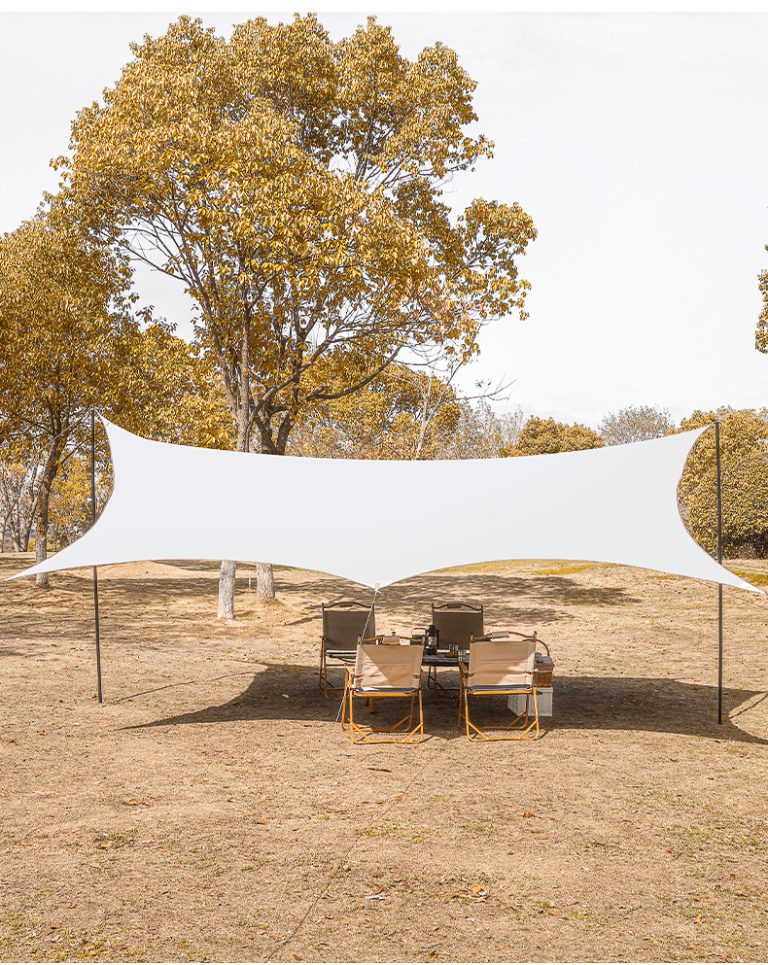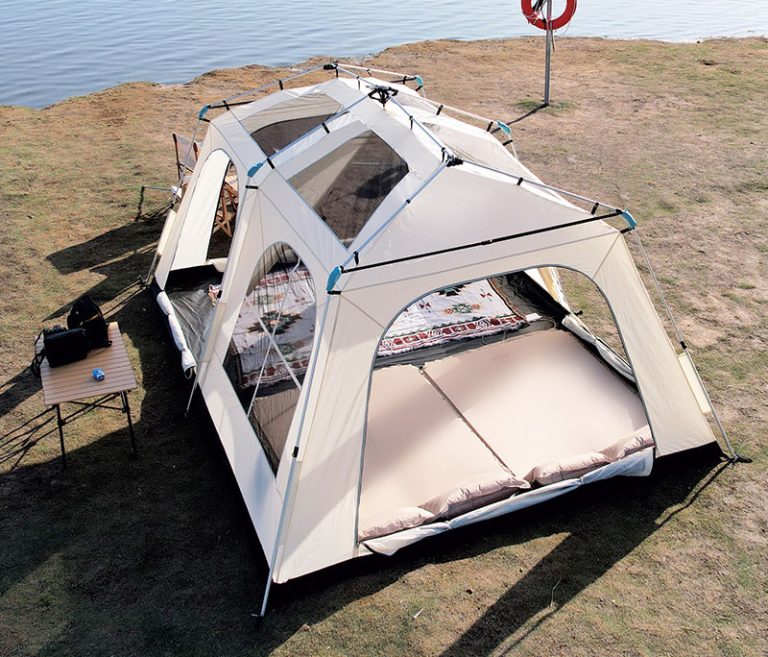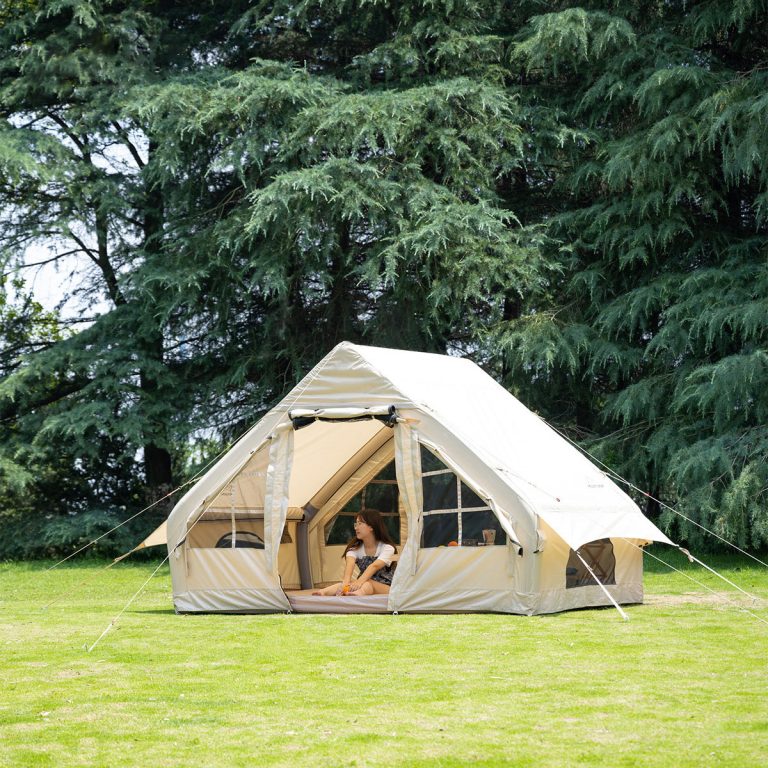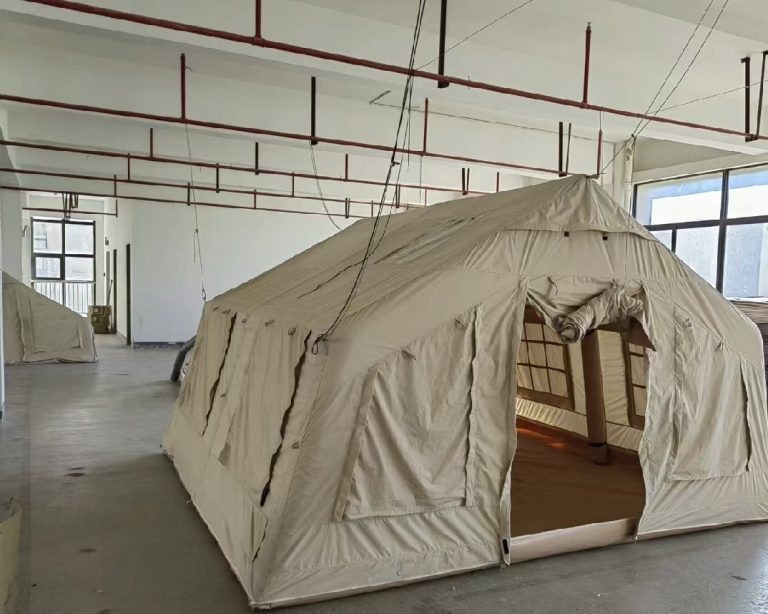Table of Contents
Choosing the Right Materials for Your DIY Trekking Tent
Trekking is a popular outdoor activity that allows individuals to explore nature and challenge themselves physically. One essential item for any trekking adventure is a reliable tent. While there are many tents available for purchase, some outdoor enthusiasts may prefer to make their own trekking tent. Crafting your own tent can be a rewarding experience and allows for customization to suit your specific needs and preferences.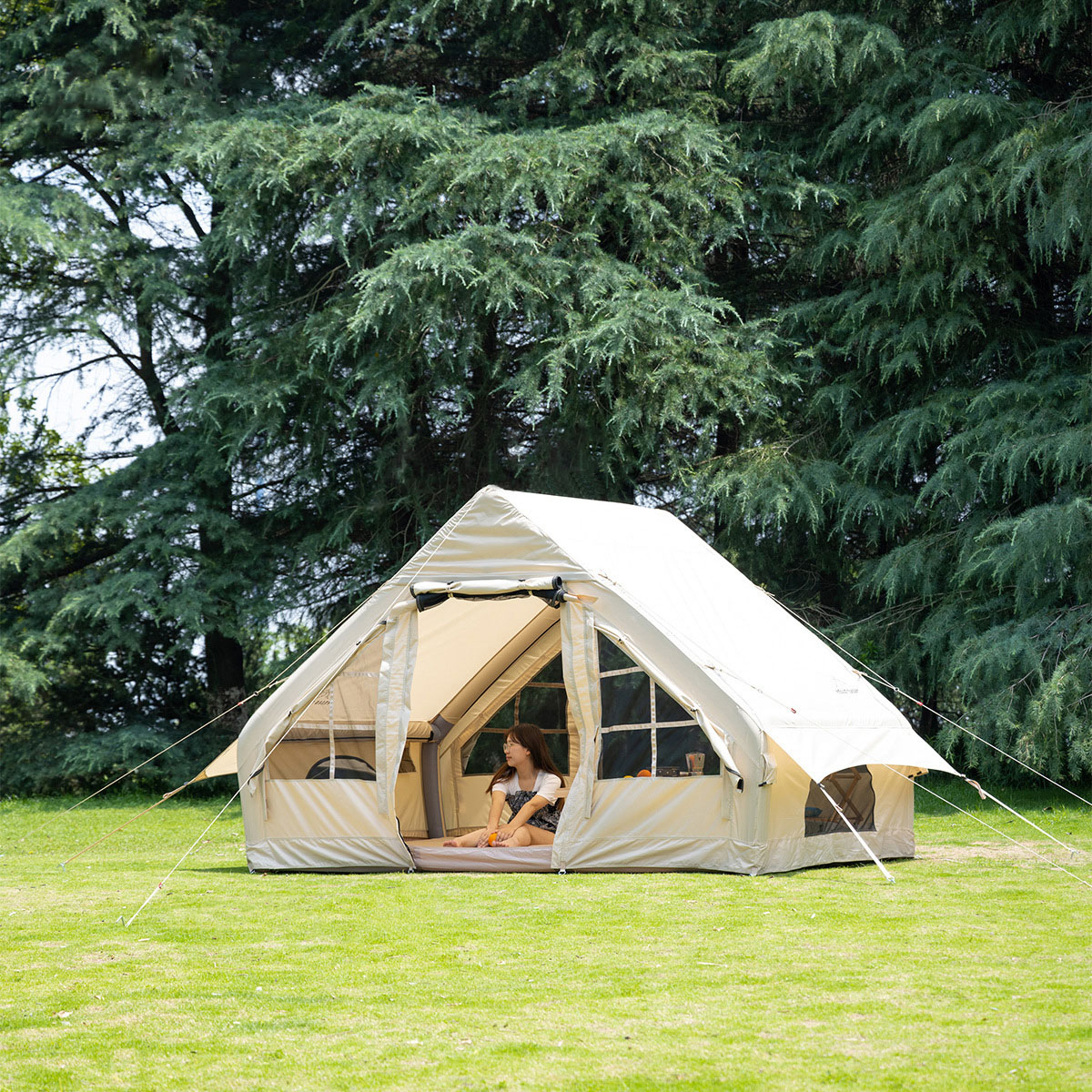 When embarking on the journey of making your own trekking tent, one of the most important considerations is choosing the right materials. The materials you select will determine the durability, weight, and overall performance of your tent. Here are some key factors to keep in mind when selecting materials for your DIY trekking tent.
First and foremost, you will need to choose a suitable fabric for the tent body. The fabric should be lightweight, waterproof, and durable to withstand the elements. Ripstop nylon is a popular choice for trekking tents due to its strength and resistance to tears. Silnylon is another excellent option, as it is lightweight and has excellent waterproofing properties. When selecting a fabric, be sure to consider the weight and packability of the material, as these factors will impact the overall portability of your tent.
In addition to the tent body, you will also need to choose a material for the tent poles. Aluminum or carbon fiber are commonly used materials for tent poles due to their lightweight and durable nature. When selecting tent poles, consider the length and diameter needed to support the structure of your tent. It is important to choose poles that are strong enough to withstand wind and other environmental factors while remaining lightweight for easy transport.
Another important consideration when making a trekking tent is the material for the tent stakes. Tent stakes are essential for securing your tent to the ground and preventing it from blowing away in windy conditions. Aluminum or titanium stakes are popular choices for trekking tents due to their lightweight and durable nature. Be sure to select stakes that are long enough to anchor your tent securely in various types of terrain.
Lastly, you will need to choose a material for the tent rainfly. The rainfly is an outer layer that provides additional protection from rain and wind. Silnylon or polyester are commonly used materials for rainflies due to their waterproofing properties and durability. When selecting a rainfly material, consider the size and shape needed to cover your tent adequately and provide protection from the elements.
In conclusion, choosing the right materials is essential when making a DIY trekking tent. By selecting lightweight, waterproof, and durable materials for the tent body, poles, stakes, and rainfly, you can create a high-quality tent that will withstand the rigors of outdoor adventures. Remember to consider factors such as weight, packability, and strength when selecting materials for your trekking tent. With careful planning and attention to detail, you can create a custom tent that meets your specific needs and enhances your outdoor experience.
When embarking on the journey of making your own trekking tent, one of the most important considerations is choosing the right materials. The materials you select will determine the durability, weight, and overall performance of your tent. Here are some key factors to keep in mind when selecting materials for your DIY trekking tent.
First and foremost, you will need to choose a suitable fabric for the tent body. The fabric should be lightweight, waterproof, and durable to withstand the elements. Ripstop nylon is a popular choice for trekking tents due to its strength and resistance to tears. Silnylon is another excellent option, as it is lightweight and has excellent waterproofing properties. When selecting a fabric, be sure to consider the weight and packability of the material, as these factors will impact the overall portability of your tent.
In addition to the tent body, you will also need to choose a material for the tent poles. Aluminum or carbon fiber are commonly used materials for tent poles due to their lightweight and durable nature. When selecting tent poles, consider the length and diameter needed to support the structure of your tent. It is important to choose poles that are strong enough to withstand wind and other environmental factors while remaining lightweight for easy transport.
Another important consideration when making a trekking tent is the material for the tent stakes. Tent stakes are essential for securing your tent to the ground and preventing it from blowing away in windy conditions. Aluminum or titanium stakes are popular choices for trekking tents due to their lightweight and durable nature. Be sure to select stakes that are long enough to anchor your tent securely in various types of terrain.
Lastly, you will need to choose a material for the tent rainfly. The rainfly is an outer layer that provides additional protection from rain and wind. Silnylon or polyester are commonly used materials for rainflies due to their waterproofing properties and durability. When selecting a rainfly material, consider the size and shape needed to cover your tent adequately and provide protection from the elements.
In conclusion, choosing the right materials is essential when making a DIY trekking tent. By selecting lightweight, waterproof, and durable materials for the tent body, poles, stakes, and rainfly, you can create a high-quality tent that will withstand the rigors of outdoor adventures. Remember to consider factors such as weight, packability, and strength when selecting materials for your trekking tent. With careful planning and attention to detail, you can create a custom tent that meets your specific needs and enhances your outdoor experience.Step-by-Step Guide to Sewing Your Own Trekking Tent
Trekking is a popular outdoor activity that allows individuals to explore nature and challenge themselves physically. One essential item for any trekking adventure is a reliable tent that can provide shelter and protection from the elements. While there are many tents available for purchase, some outdoor enthusiasts may prefer to make their own trekking tent. Sewing your own tent can be a rewarding and cost-effective way to customize your gear to suit your specific needs and preferences. To begin making your own trekking tent, you will need to gather the necessary materials and tools. The main materials you will need include waterproof fabric, tent poles, stakes, and a sewing machine. You may also want to consider adding features such as a rainfly, mesh windows, and a vestibule for extra storage space. Once you have all of your materials ready, you can start the process of sewing your tent.
The first step in sewing your own trekking tent is to create a pattern. You can either use a pre-existing tent pattern or create your own by measuring and cutting the fabric to the desired dimensions. It is important to ensure that your pattern includes all of the necessary pieces for the tent body, rainfly, and any additional features you want to include.
Next, you will need to cut out the fabric pieces according to your pattern. Be sure to leave seam allowances around the edges to allow for sewing. Once you have all of your fabric pieces cut out, you can begin sewing them together. Start by sewing the tent body pieces together to create the main structure of the tent. Use a strong, waterproof thread to ensure that your tent is durable and weather-resistant.
To begin making your own trekking tent, you will need to gather the necessary materials and tools. The main materials you will need include waterproof fabric, tent poles, stakes, and a sewing machine. You may also want to consider adding features such as a rainfly, mesh windows, and a vestibule for extra storage space. Once you have all of your materials ready, you can start the process of sewing your tent.
The first step in sewing your own trekking tent is to create a pattern. You can either use a pre-existing tent pattern or create your own by measuring and cutting the fabric to the desired dimensions. It is important to ensure that your pattern includes all of the necessary pieces for the tent body, rainfly, and any additional features you want to include.
Next, you will need to cut out the fabric pieces according to your pattern. Be sure to leave seam allowances around the edges to allow for sewing. Once you have all of your fabric pieces cut out, you can begin sewing them together. Start by sewing the tent body pieces together to create the main structure of the tent. Use a strong, waterproof thread to ensure that your tent is durable and weather-resistant.

